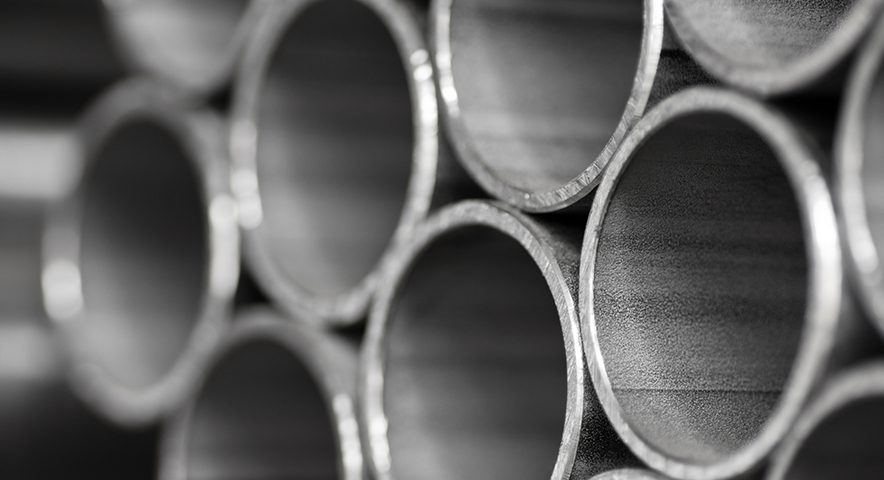Major Difference Between Seamless Pipes And Welded Pipes
Seamless Pipes
Seamless pipes are one of the most widely used products in a variety of industries. Depending on the application, this material can be made in a variety of ways. Seamless pipes are typically used to transport fluids from one point to another. It's crucial to understand the functions of seamless pipes to appreciate how they're used in these industries. It has become almost taken for granted due to its ubiquity and versatility. There's still a lot to learn about how important the material is to the overall process of a big industrial project.
Welded Pipes
Steel pipe welding is a multibillion-dollar business. It is expanding on a daily basis to meet the never-ending demand for welded tubings. Fortunately, multiple industries are now involved in the mass production of welded steel pipes. Welded steel pipes are always in high demand due to their low production costs and easy availability of raw materials. As a result, it is one of the most widely used metals on the planet. Its use in a variety of industries and in the production of a wide range of products. SSAW pipe, ERW steel pipe, and LSAW pipe are examples of ASTM or API 5L welded steel pipes.
Seamless vs Welded Pipes
Pipes are an important component of systems that transport various media between refineries or industrial process plants. The material from which the component is made will determine its capacity and the media it transports. PVC, stainless steel, alloy steel, carbon steel, nickel alloys, titanium alloys, copper-nickel, Monel, Inconel, Hastelloy, and other common materials are used by manufacturers. The materials are used sparingly, which means that the cost of production is taken into consideration.
Pipe construction can be divided into two categories. The first is the seamless type, which has no seams and no joints around the pipe's circumference. As a result, the pipes' surfaces will be smoother and more even. Welded construction is the second type of construction. The welded type, unlike the seamless type, will have a seam that joins the pipe, resulting in a seamline on its surface.
The inclusion of a seamline in a welded construction is the main difference between these two pipes' constructions. However, some other characteristics distinguish both structures, such as pressure capacity and price point. In terms of pressure bearing ability, using a seamless pipe allows for greater pressure bearing capacity. The pressure carried by a seamless variety pipe is nearly 20% higher than that carried by a conventionally welded one. Because of this property, a vendor can use a seamless type for a high-pressure application. The chances of a pipe bursting at the seamline are extremely high. If the pipe is been corroded by the grain boundary.
Price Differences
The price difference is another feature that distinguishes these pipe structures. The reason for the price disparity is due to their manufacturing process. Welded pipes are relatively inexpensive to manufacture because they use a metal plate. Furthermore, the rate of production is faster, which is another factor that contributes to a low-cost product. A seamless pipe, on the other hand, is drawn through billets, and the manufacturing process is time-consuming and labor-intensive. All of these factors combine to make the product a viable, albeit more expensive, alternative to the welded pipe.
Seamless pipes
Seamless pipes are one of the most widely used products in a variety of industries. Depending on the application, this material can be made in a variety of ways. Seamless pipes are typically used to transport fluids from one point to another. It's crucial to understand the functions of seamless pipes to appreciate how they're used in these industries. It has become almost taken for granted due to its ubiquity and versatility. There's still a lot to learn about how important the material is to the overall process of a big industrial project.
For more Details- Welded Pipes Exporters






Comments